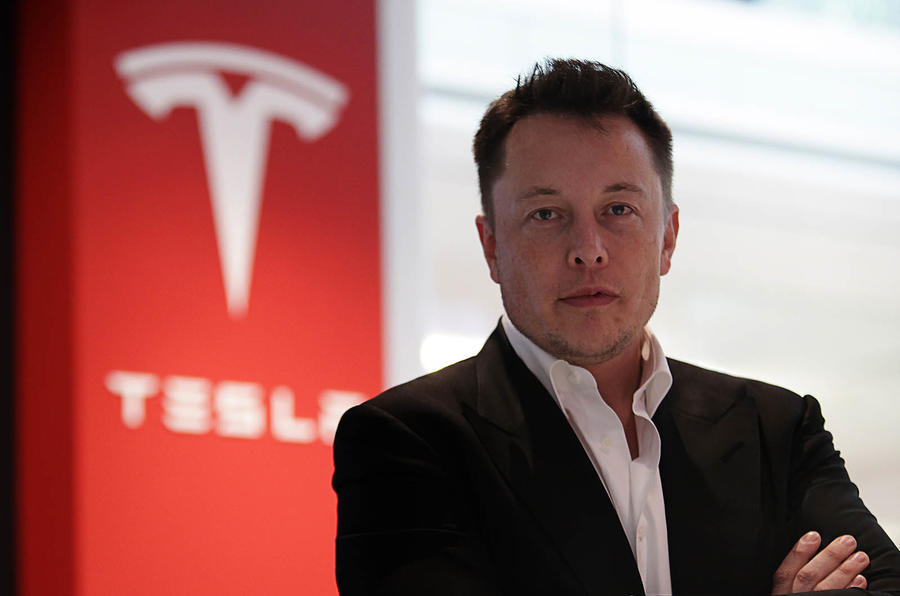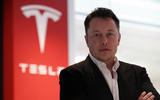In the past 18 months, the world has seen some improbable events – most notably the election of Donald Trump and the Brexit vote – but what has been even more unlikely has been the financial rise and rise of Tesla.
While the two elections involved ordinary voters, Tesla’s ranking last April as the most valuable car company on the planet was, remarkably, driven by hard-headed investors and analysts.
In 2016, Tesla sold just over 76,000 cars globally, while General Motors sold 9.96 million. But that didn’t stop the financial markets valuing this automotive minnow at $51.54 billion (£38.03bn) last spring. That was more than one billion dollars above the market value of second-placed GM.
Although analyst sentiment has shifted a little since then, the share price hasn’t significantly. Tesla’s biggest problem – one that we analysed in these pages back in November – is that it is struggling to get its new entry- level Model 3 into production. That is partly the reason it is losing huge amounts of money: in the third quarter of 2017, Tesla spent £457m, which equates to £38m per week.

Such is the rate of Tesla’s cash burn that in late 2017 Bloomberg Intelligence’s market analysts estimated Tesla would run out of money completely by August 2018 if nothing changed.
Indeed, in a note to investors at the beginning of this year, a Barclays analyst said he believed that Tesla would spend £3bn in 2018 as it struggles to get the Model 3 production lines rolling at full speed. He also predicted that Tesla would have to raise around £1.9bn in new funding by autumn 2018.
For the first time, it looks possible that Tesla could stumble and even begin to wither. If it doesn’t meet its target of producing 20,000 Model 3s per month by July, the share price could finally slide and raising further billions to carry the company through the second half of 2018 might be much less easy. By the end of this year, the established premium car makers will arrive with their own Tesla-rivalling electric vehicles.












Join the debate
Add your comment
Sullying the name of progress
Lefties fantasize about ending free movement and having control of when and where people can go, and imagine achieving their totalitarianist aims through autonomous electric cars. Musk is a conman. Electric cars are shit. When the shit hits the fan a lot of companies will have wasted a shitload of money.
One day something may well replace the internal combustion engine, but plugging cars into the mains isn't going to be it. Electric cars are going nowhere.
5th or 6th article
I think this is the 6th article or so autocar is writing to say tesla will go burst or probably go burst. How a new frim like tesla managed to shook the established behemoths in the auto industry and made them to follow suit is something autocar seems hard to digest.
How wrong can this be?
When this article was first written and published in Autocar several weeks ago, it was the first time in over a decade of subscription that I felt compelled to write in. My response was actually published.
What i didnt say was how horrified I was at the level of journalism. The fact that Hilton could even put Tesla, Jag, Porsche and others on a parity in terms of technology was at best uneducated and at worst a clear case of bias. These manufacturers have yet to bring to market their first products, whilst Tesla are on what they call 2.5 of their hardware/software platform. It'll take the traditional car manufacturers several years or more now to reach parity at the very best, because this is not a core competency for either them or their tier 1 supply chain.
I'm going to laugh out loud when the first iPace reviews come out. Autocar will undoubtedly gush with enthusiasm- as they always do at JLR products. Whilst those that know better will recognise that JLR is miles from understanding how to build batteries or more importantly the software to support real life usage. Just look at how slow the iPace is to charge. Well done to them on the design and getting great acceleration - but really, doing EV's needs much more than that. Ask BMW why they've struggled.
I'm not trying to defend Tesla. Elon has for more than a decade over promised on his time commitments, despite always getting there in the end - whether that be a space rocket, car, solar roof, truck, or high speed under ground travel.
What Hilton fails to understand, is that breaking new ground is difficult and the traditional car industry - bar maybe Nissan/Renault - have tinkered at this, not looking to upset their applecart, whilst Tesla started from a clean sheet and went all in to invent the future, thinking about the complete ownership experience.
Last time something like this happened, Blackberry and Nokia felt the consequences.